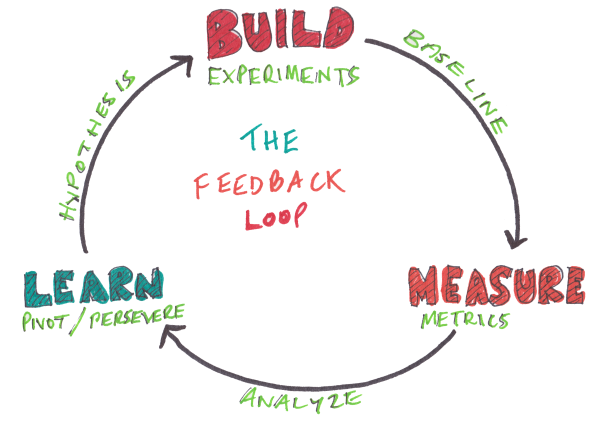Super fast Sublime testing, without needing tests
05 Feb 2015With most things in life, and especially programming, tight feedback loops are immensely useful. This means that you get a quick response if something is working or not working.

So here’s what I do to get the quickest feedback from my development environment.
Node build tool
First, I installed a node.js build tool for Sublime. I’ve tried a bunch of different approaches here – running in the browser, running in the node REPL, running in a site like JSBin / Pastebin, using node to execute .js files, using the JSC build tool (which requires debug instead of console.log) – but I’ve found using node in Sublime seems to be the fastest and easiest.
See these instructions to install: Method 2 of How to Create a Javascript Console in Sublime Text
This allows me to just press Command + B when necessary. It’s super easy.
- It’s right in your editor, so you don’t have to switch windows.
- You get to use all your familiar keyboard shortcuts like
Command + Backspaceto delete lines,Command + /to comment out lines,Command + Ctrl + Up/Downto move lines, andCommand + Dto select multiple instances of the same variable all at once. - And the content isn’t lost, like when running in the browser console or node repl, which makes re-running much easier.
Quickly copying in examples
If a problem, colleague, or Continuous Integration suite gives you an example of a specific input case, copy and paste it in!! You can use Option + mouse drag, Command + mouse click, or Command + D to edit multiple lines to fit exactly as needed.
console.log autocompletions
This Javascript Console package for Sublime allows you to just type >log then press tab to auto-complete into console.log(''). You can also do >error + tab for console.error(''), etc.
A minor detail that I love about this: if you only want to print a variable, just press backspace once after the tab-completion and both of the quotes are removed.
Linters
Linters are static code analyzers that check for common errors, without executing anything.
I was using Douglas Crockford’s JSLint, which I found incredibly valuable. It was set to run on every save. It’s like having a super developer beside you, whispering hints to you any time something looks a little off.
I switched over to JSHint as an experiment, but I’m ready to go back. I haven’t found it nearly as useful.
Crockford has very strict opinions when it comes to code style, including details like whitespace and semi-colons, but if you don’t like these they can be adjusted with a flag in your preferences.
Hope you find these useful! Feel free to share any tips or experience you’ve had in the comments.
